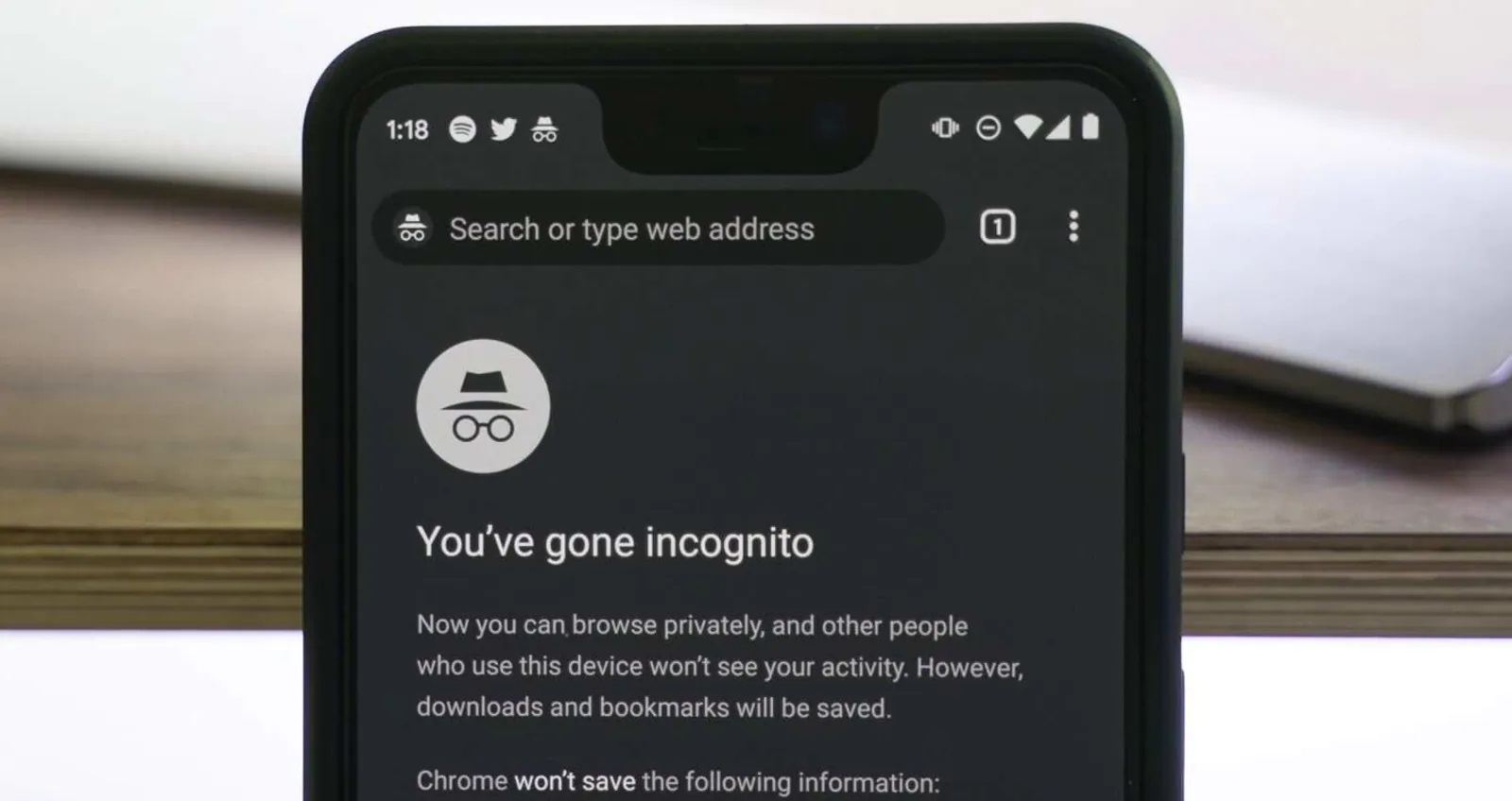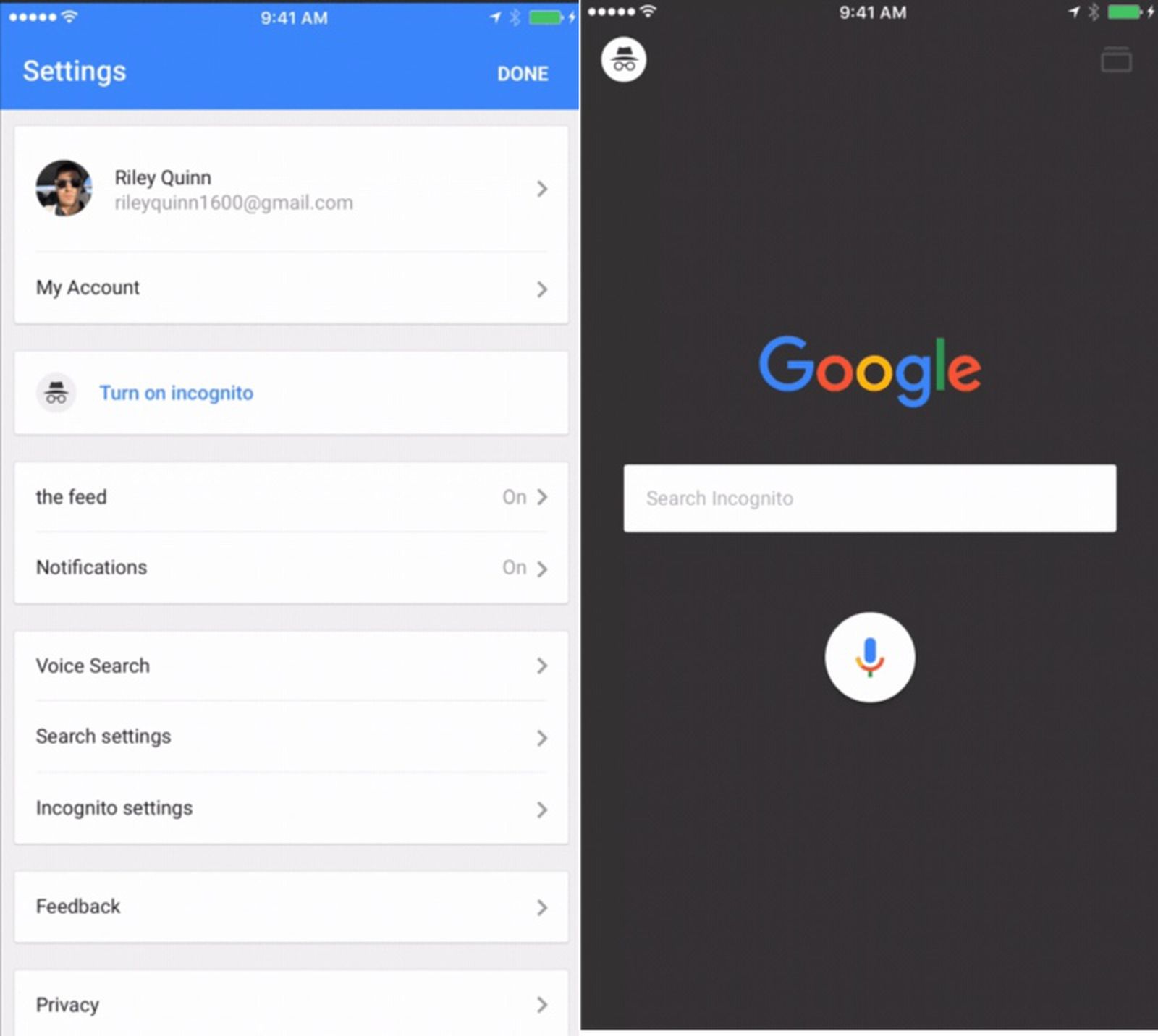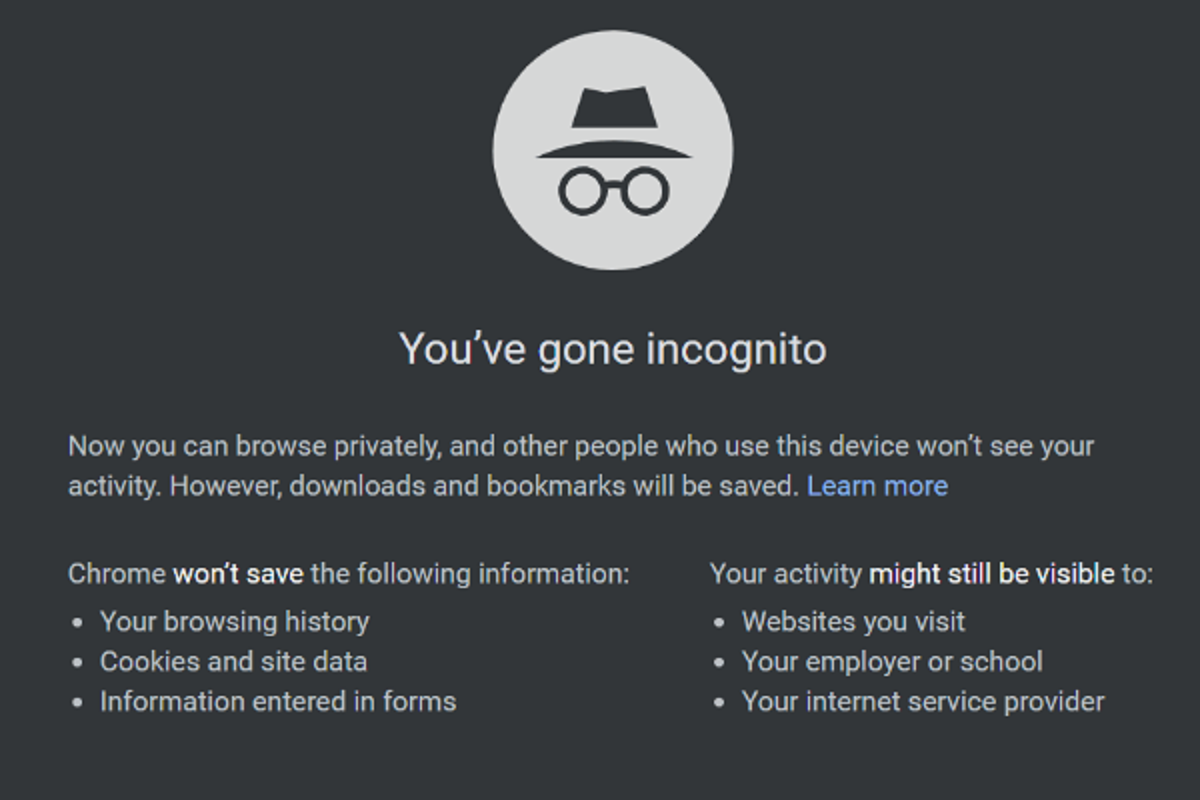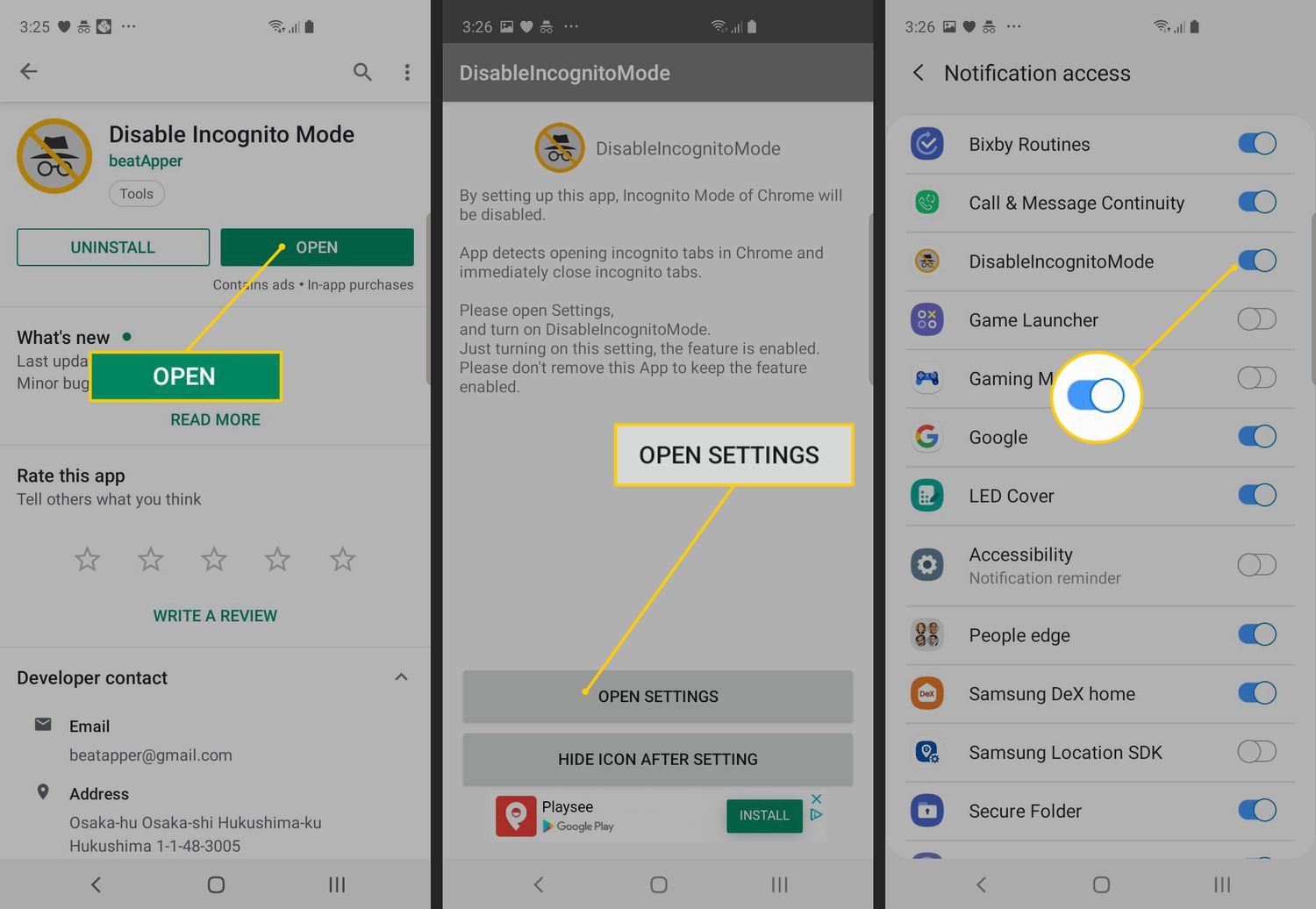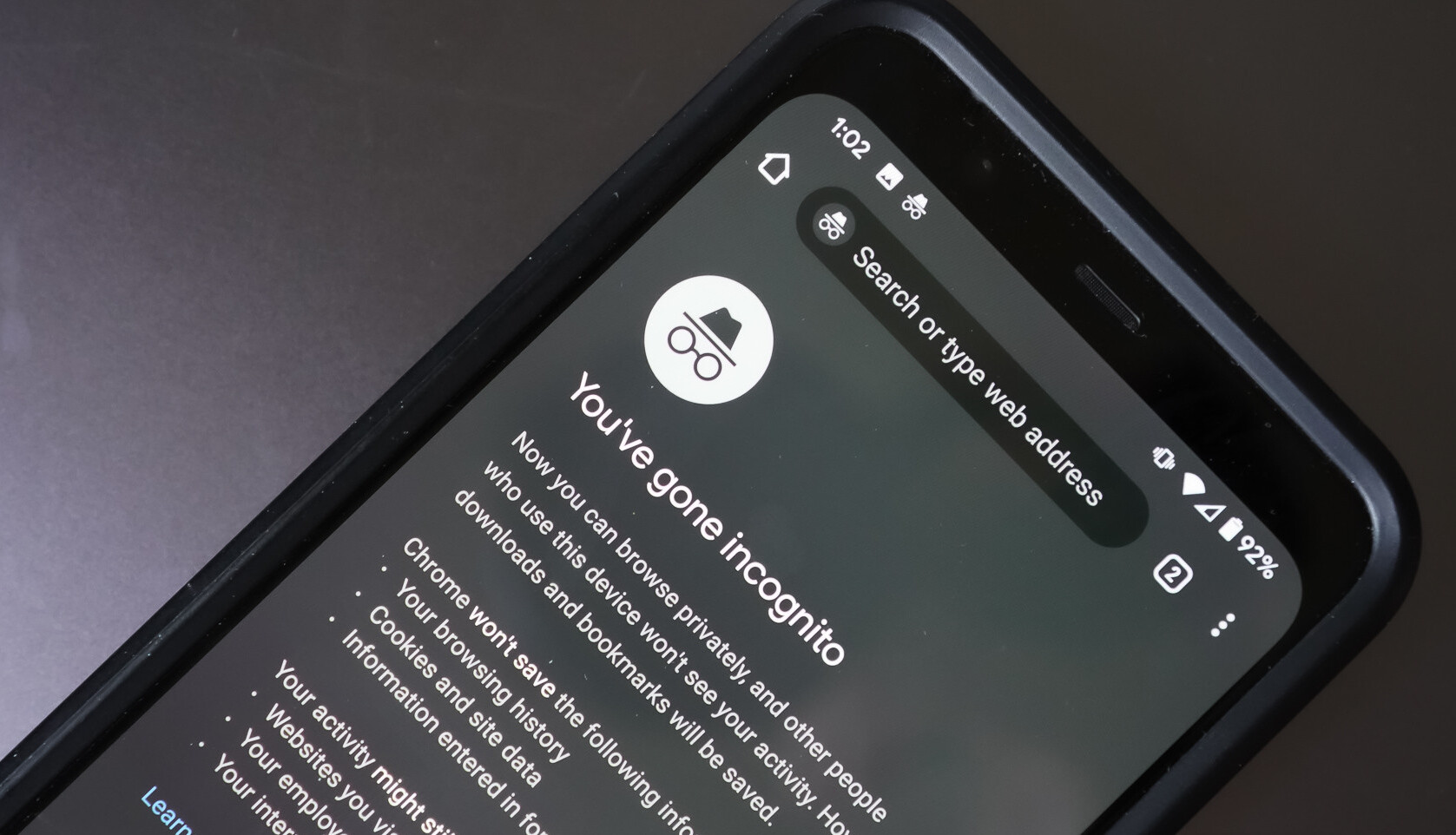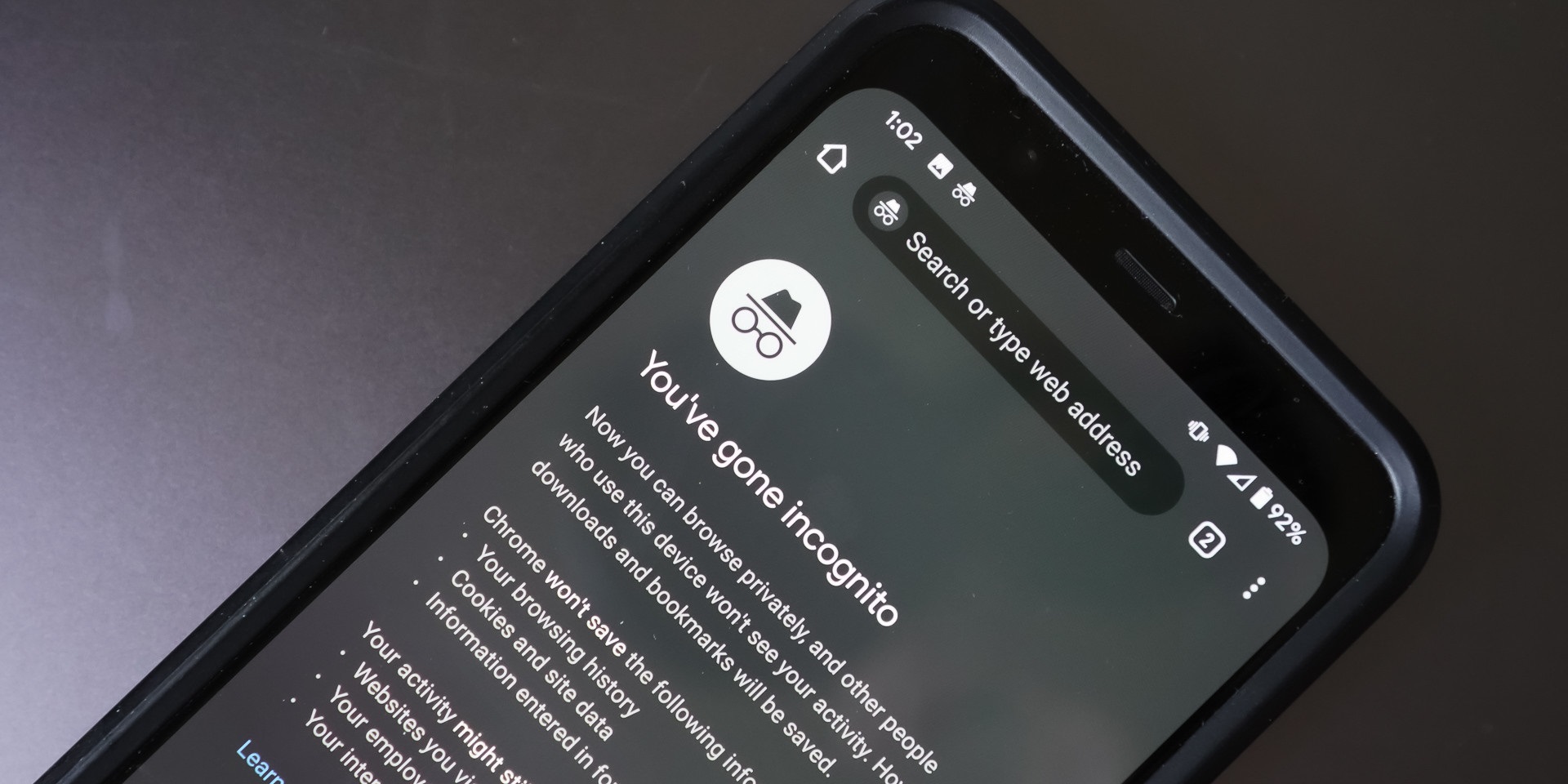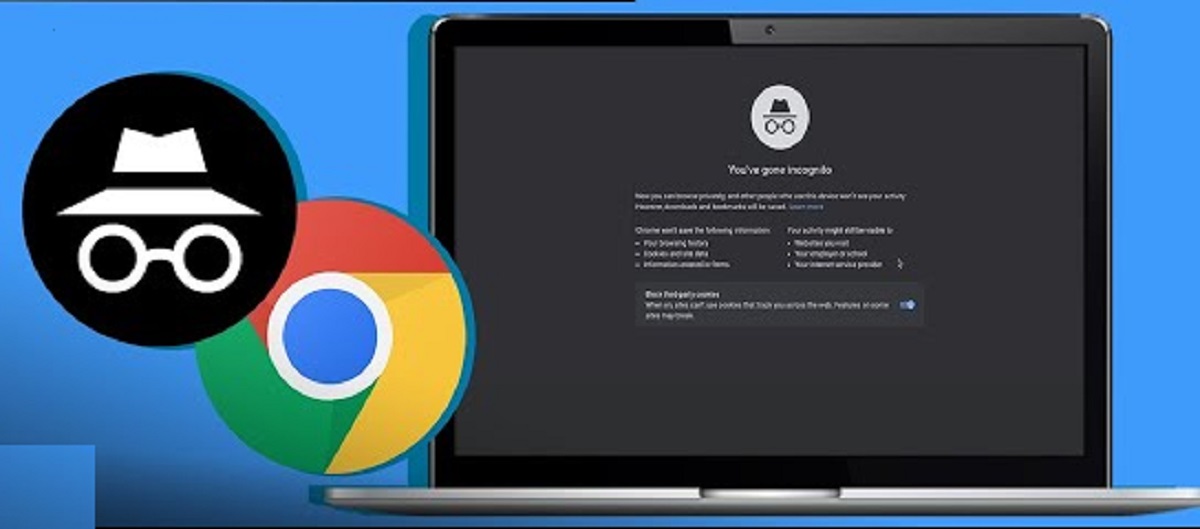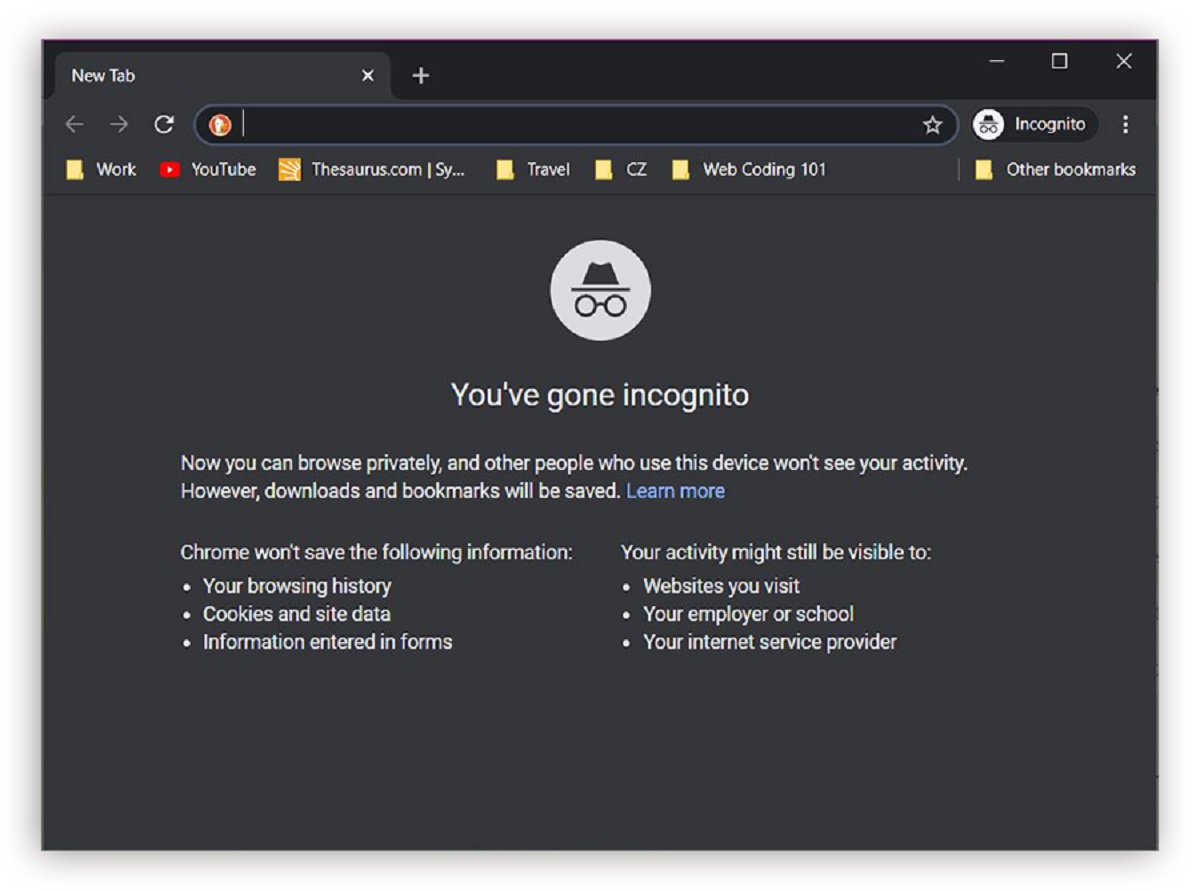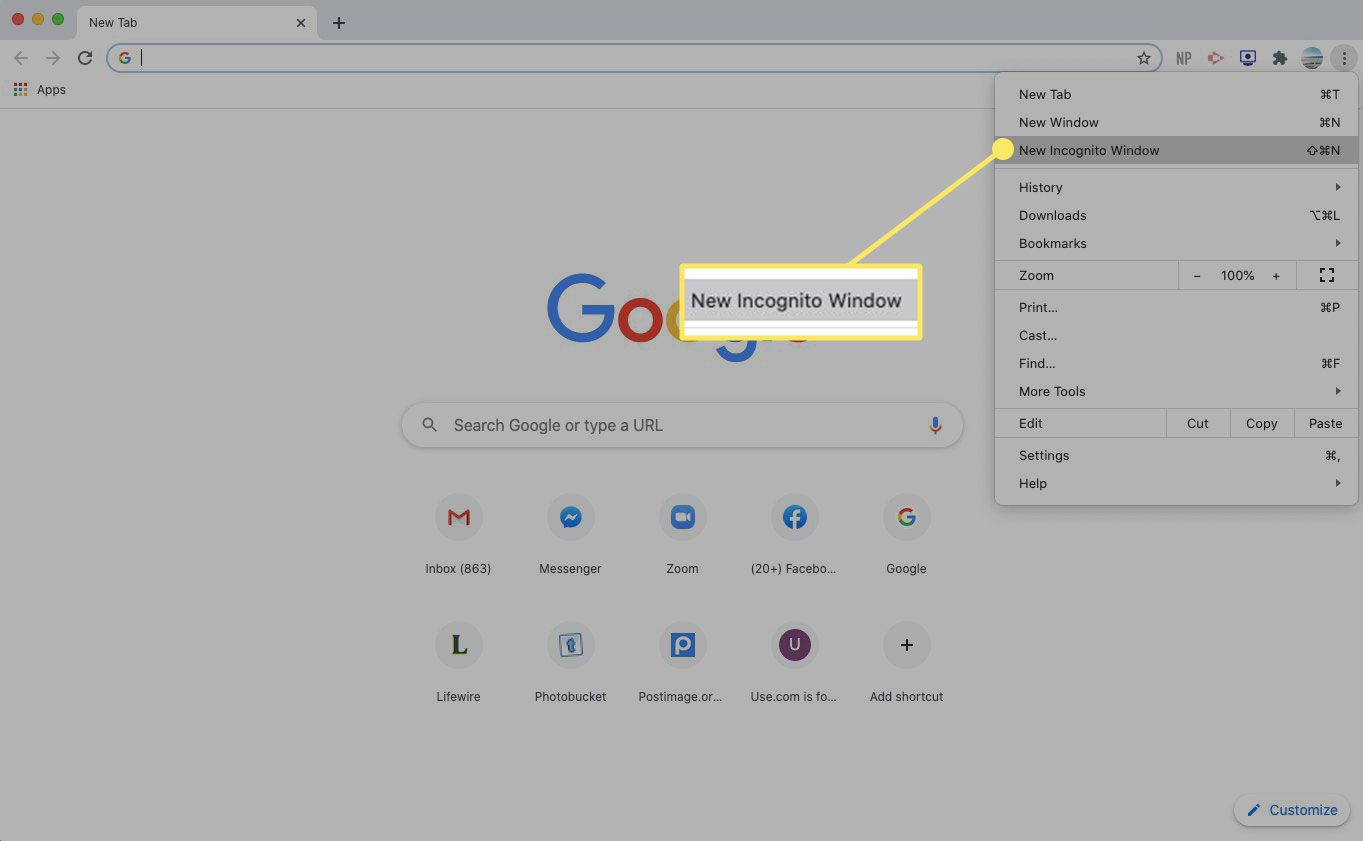What is Incognito Mode in Google Chrome?
Google Chrome’s Incognito Mode, also known as Private Browsing, is a feature that allows users to browse the internet without leaving any traces of their online activity. When using Incognito Mode, Chrome doesn’t save your browsing history, cookies, site data, or information entered in forms. This mode provides users with a sense of privacy and can be useful when you want to keep your browsing habits confidential or prevent others from accessing your browsing history.
In Incognito Mode, your browsing activity is not completely invisible. While it doesn’t leave any local traces on your device, your internet service provider (ISP), employer, or the websites you visit can still monitor your online activities. Additionally, any bookmarks or downloads made during your Incognito session will still be saved on your device.
When you open a new Incognito window, it uses a separate browsing profile that is isolated from your regular browsing session. This means that any data from your regular browsing, such as cookies or logged-in sessions, won’t carry over to the Incognito window, allowing you to log in to different accounts or websites anonymously.
It’s important to note that Incognito Mode doesn’t protect you from all online threats. It doesn’t hide your IP address, protect you from malware, or encrypt your internet connection. While it provides some level of privacy, it’s always recommended to use additional security measures such as a VPN (Virtual Private Network) for added protection.
Now that you understand what Incognito Mode is and its limitations, let’s explore different ways to exit this mode and return to your regular browsing session.
3 Different Ways to Exit Incognito Mode in Google Chrome
When you’re ready to exit Incognito Mode in Google Chrome and return to your regular browsing session, there are a few different methods you can use. Here are three simple ways to exit Incognito Mode:
Method 1: Keyboard Shortcuts
The quickest way to exit Incognito Mode is by using a keyboard shortcut. Pressing the combination of keys “Ctrl + Shift + N” in Windows or “Command + Shift + N” on a Mac will instantly close the current Incognito window and return you to your regular browsing mode.
Method 2: Using the Menu Option
You can also exit Incognito Mode by using the menu option in Google Chrome:
- Click on the three vertical dots at the top-right corner of the browser window to open the Chrome menu.
- Select the “New Incognito Window” option from the menu. A new Incognito window will open.
- Now, click on the three dots again and you will see the “Exit Incognito Mode” option.
- Click on “Exit Incognito Mode” to close the Incognito window and return to your regular browsing mode.
Method 3: Closing the Incognito Window
If you prefer a simple and straightforward method, you can exit Incognito Mode by closing the Incognito window:
- Click on the “X” button at the top-right corner of the Incognito window.
- The Incognito window will be closed, and you will be back in your regular browsing mode.
These are the three different ways you can exit Incognito Mode in Google Chrome. Choose the method that is most convenient for you and switch back to your regular browsing session effortlessly.
Method 1: Keyboard Shortcuts
The quickest and most convenient way to exit Incognito Mode in Google Chrome is by using keyboard shortcuts. By pressing a combination of keys, you can instantly close the current Incognito window and return to your regular browsing mode.
To exit Incognito Mode using keyboard shortcuts, follow these steps:
- Press the “Ctrl + Shift + N” keys simultaneously if you are using Windows.
- If you are using a Mac, press the “Command + Shift + N” keys at the same time.
When you use the appropriate keyboard shortcuts, the current Incognito window will close, and you’ll be back to your regular browsing session in an instant. This method is straightforward and can be useful if you frequently switch between Incognito and regular browsing modes and want a quick way to exit Incognito Mode.
Remember to press the correct combination of keys depending on the operating system you’re using. Using keyboard shortcuts can save you time and effort, allowing for a seamless transition back to your regular browsing experience.
Note that if you have multiple Incognito windows open, using the keyboard shortcut will close the most recently opened one. If you want to exit all Incognito windows simultaneously, you’ll need to use the other methods mentioned or manually close each window individually.
Now that you know how to exit Incognito Mode using keyboard shortcuts, feel free to use this method whenever you need to switch back to your regular browsing session swiftly.
Method 2: Using the Menu Option
If you prefer a more visual and guided approach to exiting Incognito Mode in Google Chrome, you can use the menu option. This method allows you to navigate through the browser menu to find and select the option to exit Incognito Mode.
To exit Incognito Mode using the menu option, follow these steps:
- Click on the three vertical dots located at the top-right corner of the Chrome browser window. This will open the Chrome menu.
- From the menu, hover your cursor over the “New Incognito Window” option. A sub-menu will appear.
- In the sub-menu, click on the “Exit Incognito Mode” option.
After clicking on “Exit Incognito Mode,” the current Incognito window will close, and you will be returned to your regular browsing session.
This method provides a visual way of exiting Incognito Mode, making it suitable for users who prefer a more user-friendly interface. By following these simple steps, you can easily switch back to your regular browsing mode without the need to remember keyboard shortcuts or close individual windows.
It’s important to note that the location and appearance of the menu option may vary slightly depending on the version of Google Chrome you’re using. However, the general concept remains the same, and you should be able to find the “Exit Incognito Mode” option within the Chrome menu.
Now that you’re familiar with the menu option method, you can leverage this approach to exit Incognito Mode whenever you need to resume your regular browsing activities.
Method 3: Closing the Incognito Window
If you prefer a simple and straightforward method to exit Incognito Mode in Google Chrome, you can do so by closing the specific Incognito window that you’re using.
To exit Incognito Mode by closing the Incognito window, follow these steps:
- Locate the Incognito window that you want to close.
- Click on the “X” button at the top-right corner of the Incognito window.
When you click on the “X” button, the Incognito window will be closed, and you’ll be returned to your regular browsing mode.
This method is especially useful if you have multiple Incognito windows open and you only want to close a specific one. By directly closing the Incognito window, you can exit that particular session without affecting your other Incognito windows or your regular browsing session.
It’s important to note that if you have only one Incognito window open, closing it will automatically exit Incognito Mode and return you to your regular browsing session. However, if you want to exit all Incognito windows simultaneously, you’ll need to use one of the other methods mentioned previously or manually close each window individually.
By using the method of closing the Incognito window, you have a quick and efficient way to exit Incognito Mode and continue with your regular browsing activities.
Now that you’re familiar with this method, feel free to use it whenever you want to exit a specific Incognito window or close all your Incognito windows in Google Chrome.
How to Disable Incognito Mode in Google Chrome
Incognito Mode in Google Chrome is a valuable feature for maintaining privacy during browsing sessions. However, there may be circumstances where you want to disable this mode entirely. While it’s not possible to disable Incognito Mode directly within Chrome’s settings, there are alternative methods you can use to restrict or block it.
Here are a few methods to disable or restrict Incognito Mode:
Using Group Policy Editor (Windows)
If you’re using a Windows computer, you can disable Incognito Mode by utilizing the Group Policy Editor:
- Press “Windows + R” on your keyboard to open the Run dialog box.
- Type “gpedit.msc” and press Enter to open the Group Policy Editor.
- In the User Configuration section, navigate to Administrative Templates > Google > Chrome.
- Double-click on the “Incognito Mode Availability” option.
- Select “Disabled” to prevent users from opening new Incognito windows.
- Click “Apply” and then “OK” to save the changes.
Using Registry Editor (Windows)
Another method on Windows involves making changes in the Registry Editor:
- Press “Windows + R” to open the Run dialog box.
- Type “regedit” and press Enter to open the Registry Editor.
- Navigate to HKEY_LOCAL_MACHINE\SOFTWARE\Policies\Google\Chrome.
- If the “Chrome” or “Google” folders don’t exist, create them.
- Create a new DWORD value called “IncognitoModeAvailability” and set its value to “1”.
- Restart your computer for the changes to take effect.
Using Parental Control Software
If you’re concerned about Incognito Mode usage on shared devices, you can utilize parental control software or device management tools that offer features to restrict the use of certain applications or modes.
By implementing these methods, you can effectively disable or restrict Incognito Mode in Google Chrome. However, keep in mind that these methods may require administrative privileges, and different operating systems or device management software may have varying procedures.
It’s important to note that disabling or restricting Incognito Mode may impact other aspects of your browsing experience or limit certain functionalities in Chrome. Therefore, consider the implications and balance the need for privacy with the potential limitations.
Now that you’re aware of these methods, choose the one that suits your needs and preferences to disable or restrict Incognito Mode in Google Chrome.
Conclusion
Incognito Mode in Google Chrome is a useful tool for browsing the internet privately, without leaving traces of your online activities. Whether you’re concerned about your browsing history being saved or want to log into multiple accounts concurrently, Incognito Mode provides a convenient solution.
In this article, we explored what Incognito Mode is and how it functions. We discussed three different methods to exit Incognito Mode, including keyboard shortcuts, using the menu option, and closing the Incognito window. Each method offers a quick and straightforward way to transition back to your regular browsing session.
We also explored how to disable or restrict Incognito Mode in Google Chrome using alternative methods like Group Policy Editor, Registry Editor on Windows, or parental control software. These options allow you to exert more control over the use of Incognito Mode, particularly on shared devices or in educational or work environments where limitations may be necessary.
It’s important to remember that while Incognito Mode provides a certain level of privacy, it doesn’t offer complete anonymity. Your browsing activities can still be monitored by your internet service provider (ISP), employer, or the websites you visit. To enhance your online security, consider using additional measures like VPNs and other security tools.
Understanding how to navigate Incognito Mode and its limitations empowers you to maintain better control over your online browsing habits. Whether you want to have a quick escape from Incognito Mode or implement restrictions to ensure a more controlled browsing experience, these methods give you the flexibility to tailor your Chrome usage to your needs.
Next time you find yourself in Incognito Mode, whether it’s for a discreet search or managing multiple accounts, use the methods we’ve discussed to seamlessly transition back to your regular browsing mode. Take advantage of the privacy and flexibility that Incognito Mode offers while staying aware of its limitations.







